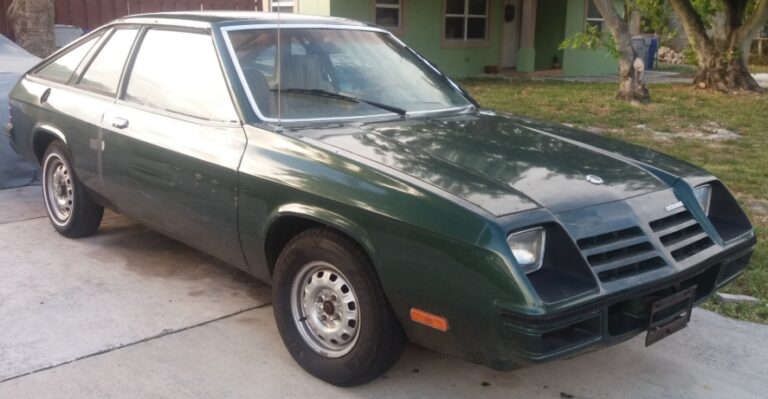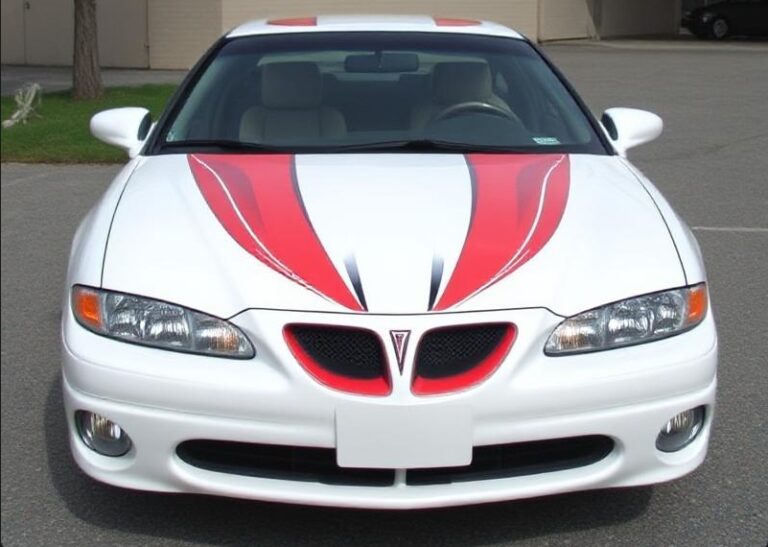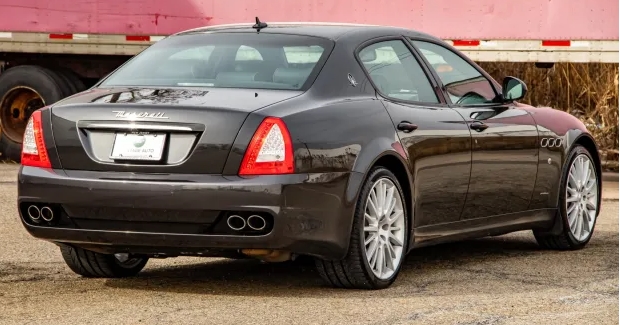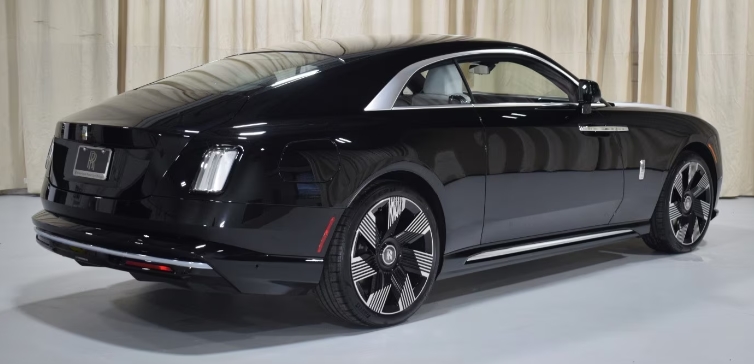The Evolution of the Volvo 780
The Volvo 780 stands as a distinctive chapter in Volvo’s history, representing the company’s foray into the luxury coupe segment in the 1980s and early 1990s. Built on the Volvo 700 series platform, the 780 was designed to combine Volvo’s hallmark safety and reliability with a more refined, upscale aesthetic. This article chronicles the development, models, and trim levels of the Volvo 780 throughout its production lifespan.
Introduction and Production Overview
- Production Years: 1986 – 1992
- Manufacturing Location: Torslanda, Sweden
- Platform: Based on Volvo 700 series (specifically, the Volvo 740/760 platform)
- Body Style: 2-door coupe
The Volvo 780 was introduced as a more luxurious alternative within the 700 series lineup, aiming to appeal to a niche market seeking prestige, comfort, and safety. It was Volvo’s first dedicated coupe since the P1800 and the first to be developed entirely by Volvo.
Development and Launch
In the early 1980s, Volvo sought to expand its model range beyond pragmatic sedans and wagons. The company’s design team collaborated with Italian coachbuilder Pininfarina to craft a sleek, elegant coupe version of the 700 series. The result was the Volvo 780, officially launched at the 1986 Geneva Motor Show.
The initial model was the Volvo 780, with subsequent updates and special editions refining the model over its production years.
Model Years and Variants
1986–1988: The Launch Phase
Introduction Model:
- Volvo 780 (initial release)
Key Features:
- Engine options:
- 2.3-liter inline-4 turbocharged engine (B230FT)
- 2.3-liter naturally aspirated engine (B230F) for some markets
- Transmission: 5-speed manual; optional 3-speed automatic (initially in some markets)
- Trim: Basic, with a focus on luxury features, including leather upholstery, power windows, and premium sound systems in higher trims
Design Features:
- Pininfarina-designed body with a distinctive coupe silhouette
- Chrome accents and a sleek, aerodynamic profile
- Rarity and exclusivity made it a sought-after model
1988–1990: Model Refinements and Special Editions
During this period, Volvo made several updates to enhance comfort, safety, and luxury:
- Facelift (1988):
- Minor exterior updates, including new grille design and revised bumpers to meet evolving safety standards
- Interior upgrades such as improved dashboard and additional soundproofing
- Engine Options:
- The turbocharged 2.3-liter engine remained popular
- Introduction of a 2.8-liter V6 engine (from the Volvo 760 GLE) in some markets, offering increased power and smoothness
- Trim Levels:
- GL: Basic luxury trim with leather seats, alloy wheels, and upgraded audio
- GLE: Higher trim level with additional features like power sunroof, climate control, and wood trim accents
1990–1992: Final Production Phase
The last years of the Volvo 780 saw further refinements:
- Discontinuation of V6 Option:
The 2.8-liter V6 was phased out, focusing on turbocharged four-cylinder engines. - Special Editions:
- Volvo 780 Turbo: Featuring the turbocharged engine for enhanced performance
- Volvo 780 Anniversary Editions: Limited runs celebrating the model’s legacy, often with unique badging and interior accents
- Trim Levels:
- The focus remained on well-equipped trims like GL and GLE, with the Turbo versions offering the most performance-oriented specs.
Engine and Performance
The Volvo 780’s engine lineup primarily consisted of:
- B230F (2.3L naturally aspirated I4): Known for durability and smooth operation
- B230FT (2.3L turbocharged I4): Delivered around 135–165 horsepower, depending on market and model year
- 2.8L V6 (from Volvo 760 GLE): Offered in select markets, producing approximately 140 horsepower
The turbocharged models provided spirited performance, making the 780 a competent grand tourer with refined handling characteristics for its class.
Key Features and Technological Aspects
- Safety:
As with all Volvo models, safety was a core focus, featuring reinforced safety cells, crumple zones, and optional anti-lock braking systems (ABS) in later years. - Luxury and Comfort:
High-quality leather upholstery, wood veneer trim, power-adjustable seats, and advanced climate control systems distinguished the 780 from standard Volvo sedans. - Sound and Infotainment:
Premium audio systems, often supplied by brands like Blaupunkt or Sony, were available in higher trims. - Unique Design Elements:
The coupe’s Pininfarina styling included a distinctive sloping roofline, frameless windows, and a sleek profile that set it apart from the more utilitarian Volvo lineup.
.
RepairSurge Online Repair Manuals Replace Bulky Books With Reliable Digital Information!
Faster And Cheaper Than Traditional Printed Manuals, Users Get Instant Access To The Repair Information They Need For Any Car, Truck, Van or SUV.
.
Market Position and Legacy
The Volvo 780 occupied a niche market segment—luxury coupes blending Volvo’s safety reputation with European styling. While it was never a volume seller, it garnered a loyal following among enthusiasts who appreciated its unique styling and build quality.
Its production ended in 1992, succeeded by other Volvo models such as the Volvo 850 and later the C70 coupe, but the 780 remains a notable example of Volvo’s design and engineering efforts during the late 20th century.
Collectibility and Modern Perspective
Today, the Volvo 780 is considered a classic car, admired for its distinctive styling, build quality, and as an emblem of Volvo’s luxury aspirations in the 1980s. Its limited production numbers and unique design elements make it a sought-after collector’s item among enthusiasts of classic Volvo models.
Summary
In conclusion, the Volvo 780’s evolution reflects a blend of innovative design, technological refinement, and a commitment to safety and comfort. From its debut in 1986 through its discontinuation in 1992, the 780 evolved through subtle updates, engine options, and trim levels, cementing its place as a unique and memorable model in Volvo’s history.







